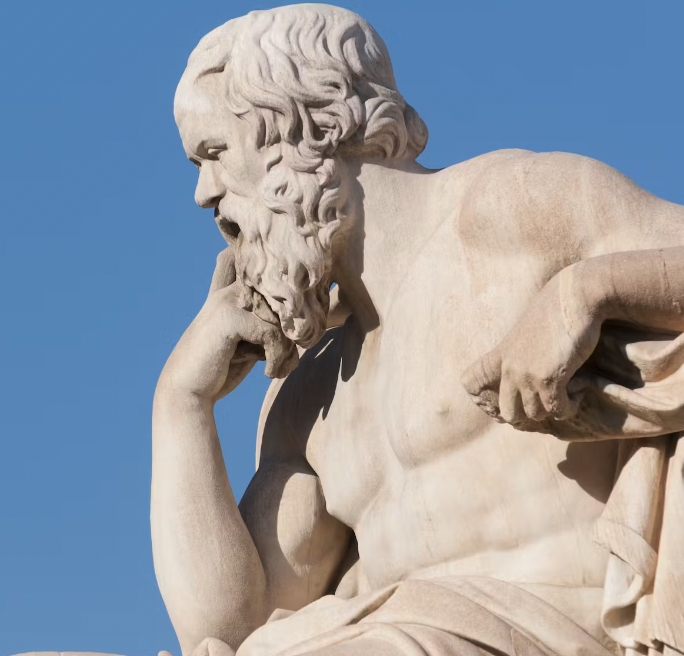Multicultural Communication : Misconception about race as a biological construct
Individual human beings differ from one another physically in a multitude of visible and invisible ways.
If races — as most people define them — are real biological entities, then people of African ancestry would share a wide variety of traits while people of European ancestry would share a wide variety of different traits.
But once we add traits that are less visible than skin coloration, hair texture, and the like, we find that the people we identify as “the same race” are less and less like one another and more and more like people we identify as “different races.”
Add to this point that the physical features used to identify a person as a representative of some race (e.g. skin coloration) are continuously variable, so that one cannot say where “brown skin” becomes “white skin.”
Although the physical differences themselves are real, the way we use physical differences to classify people into discrete races is a cultural construction.

Referenced by H2220323
'Bits of Wisdom > Communication & Relationship' 카테고리의 다른 글
| Communication Wisdom: The most effective inclusivity in solving problems within the group (0) | 2023.10.20 |
|---|




